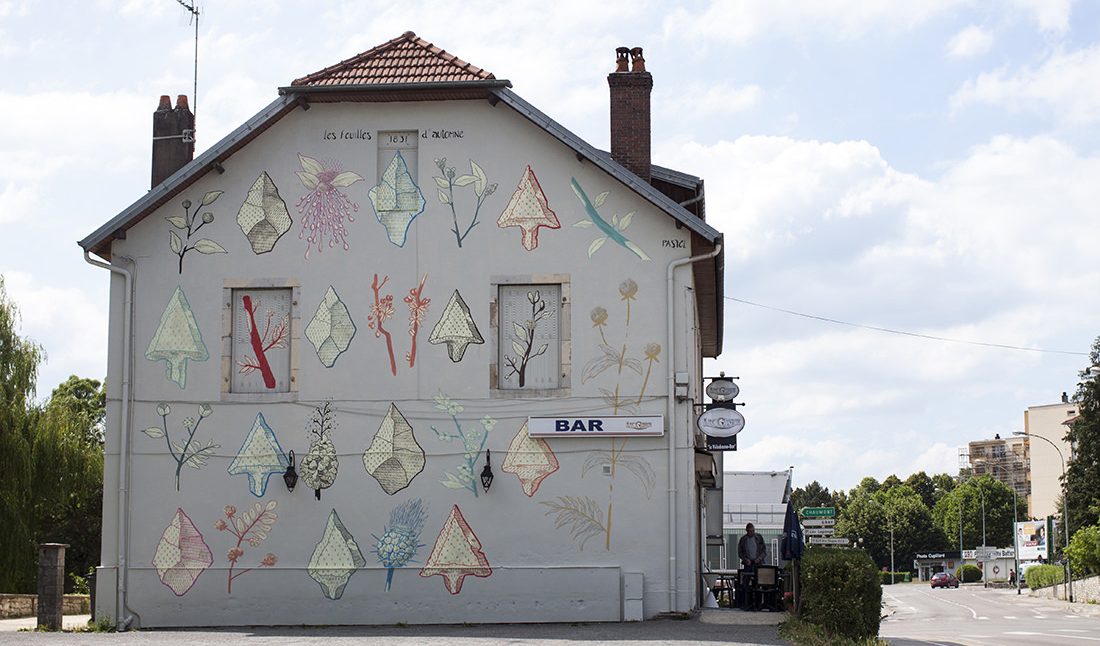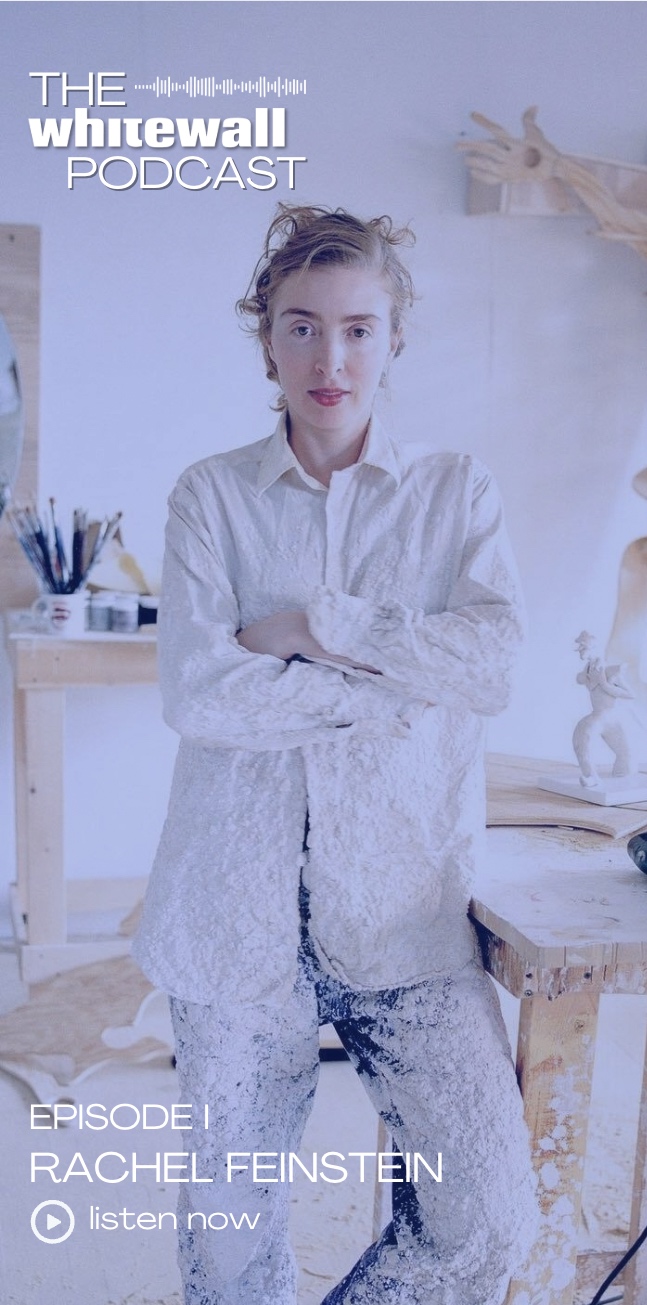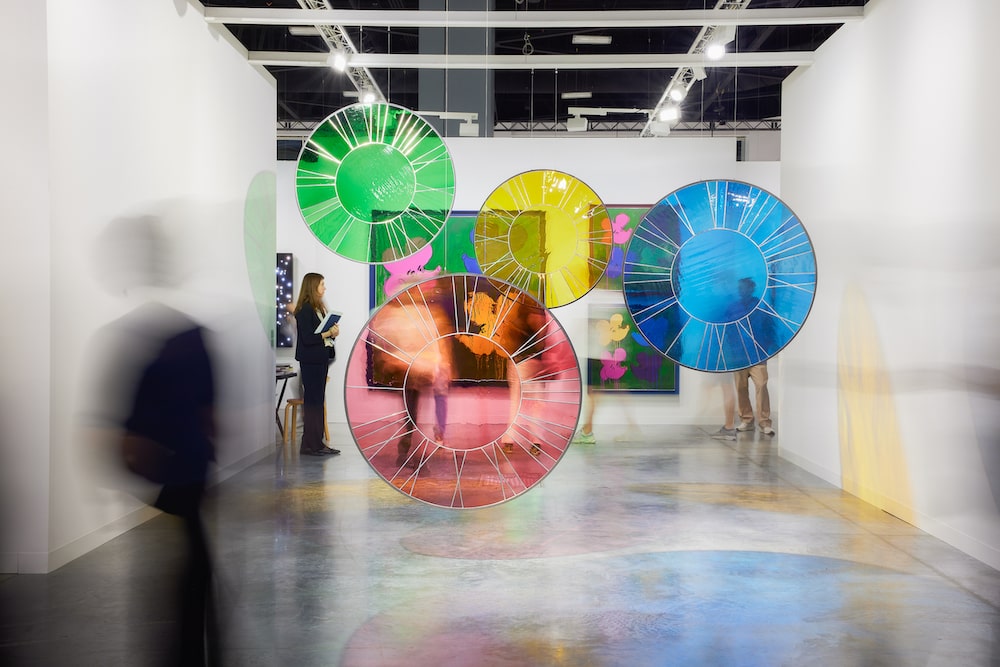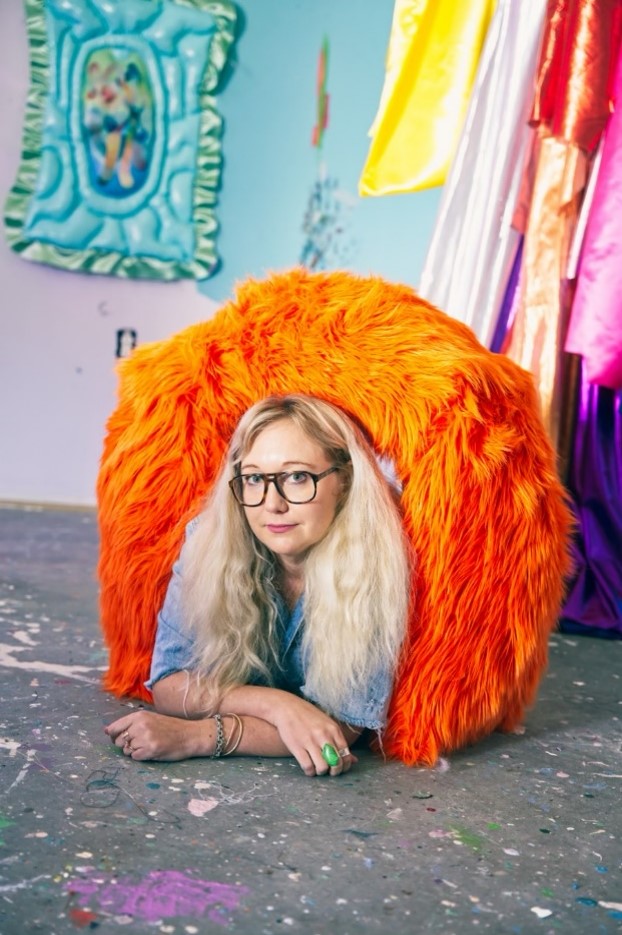Pastel’s work is steadily attracting attention all over, popping up continually in new corners of the world. His mural style, which also translates to paper, canvas, video and in-situ interventions in the rural landscape, has a refreshing aesthetic–his arrangements consisting of flowers and plants contrasts with a lot of iconography of artists who have emerged out of the graffiti movement in Latin America lately.
His approach, too, is conceptual, rather than strictly graphic, a research into the dialogue between mankind and space, and the confrontation between industry and the natural world.
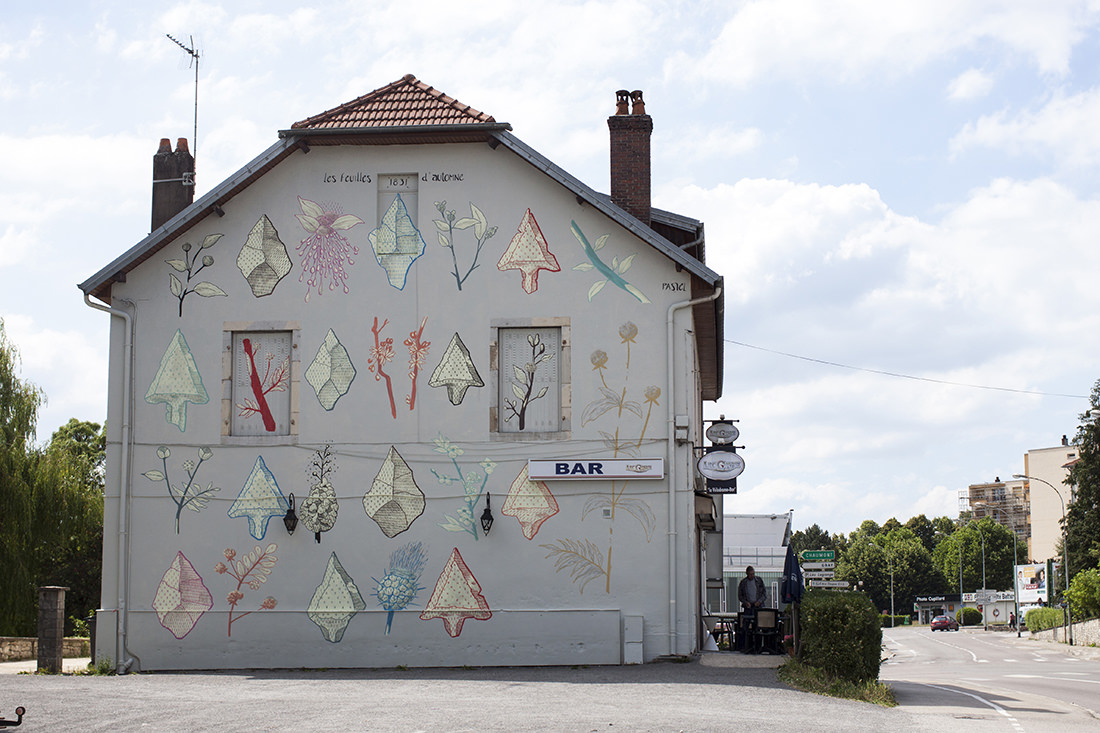 © Bien Urbain Festival, Besançon, France
© Bien Urbain Festival, Besançon, France
First exhibiting in his hometown of Buenos Aires, and later in Berlin, Paris, Brussels, Barcelona, and New York, Whitewall caught the painter on his return from Art Basel Miami Beach week earlier this month, where he took part in several projects.
WHITEWALL: You were in Miami during Basel this year as part of Scope. What were you doing there? Do you like the atmosphere there during the fairs?
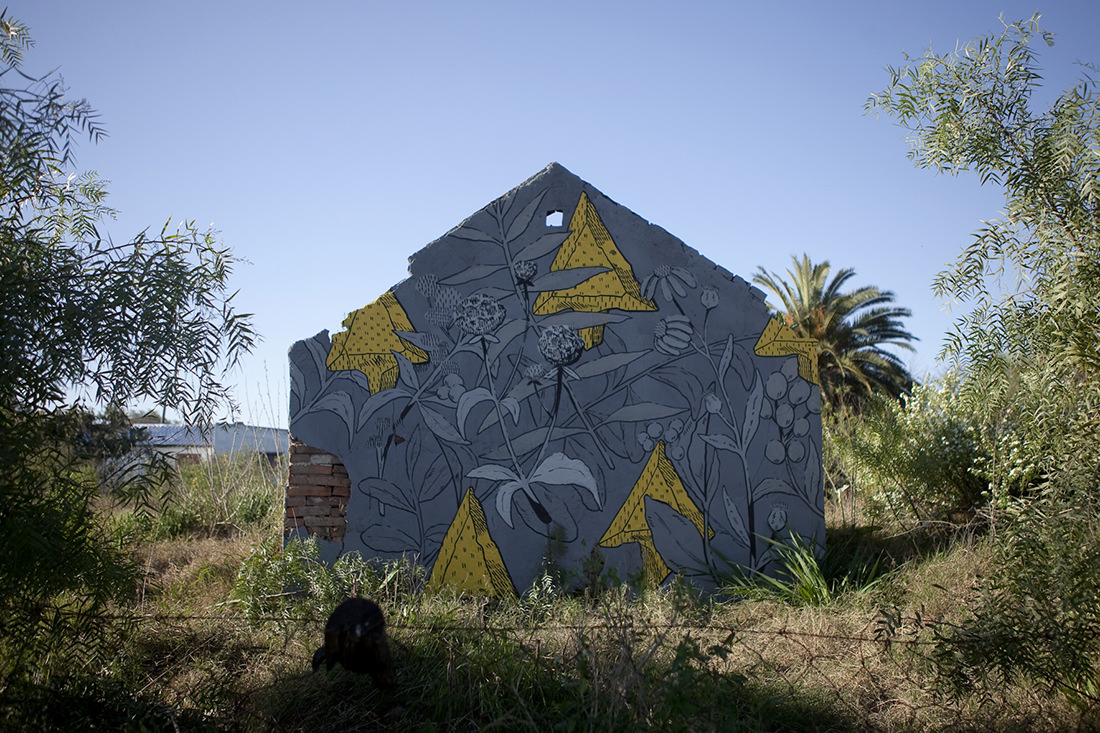 © Residencia Vatelón, Villa Soriano, Uruguay
© Residencia Vatelón, Villa Soriano, Uruguay
PASTEL: I was taking part in Scope with a local gallery, and I was also part of “Friends and Family II” a group show with friends (Jaz, Elian, 2501, Ever, Alexis Diaz, Jufe, 2 Alas) in Wynwood. I also painted at Raw Project, at a public school. The time in Miami was total chaos… it has its good and bad sides. It’s interesting to analyze and discuss everything that it produces. But above all, the good thing is meeting friends and colleagues to share it with.
WW: You’re both a painter and architect and the connection seems to me to be quite a natural one.
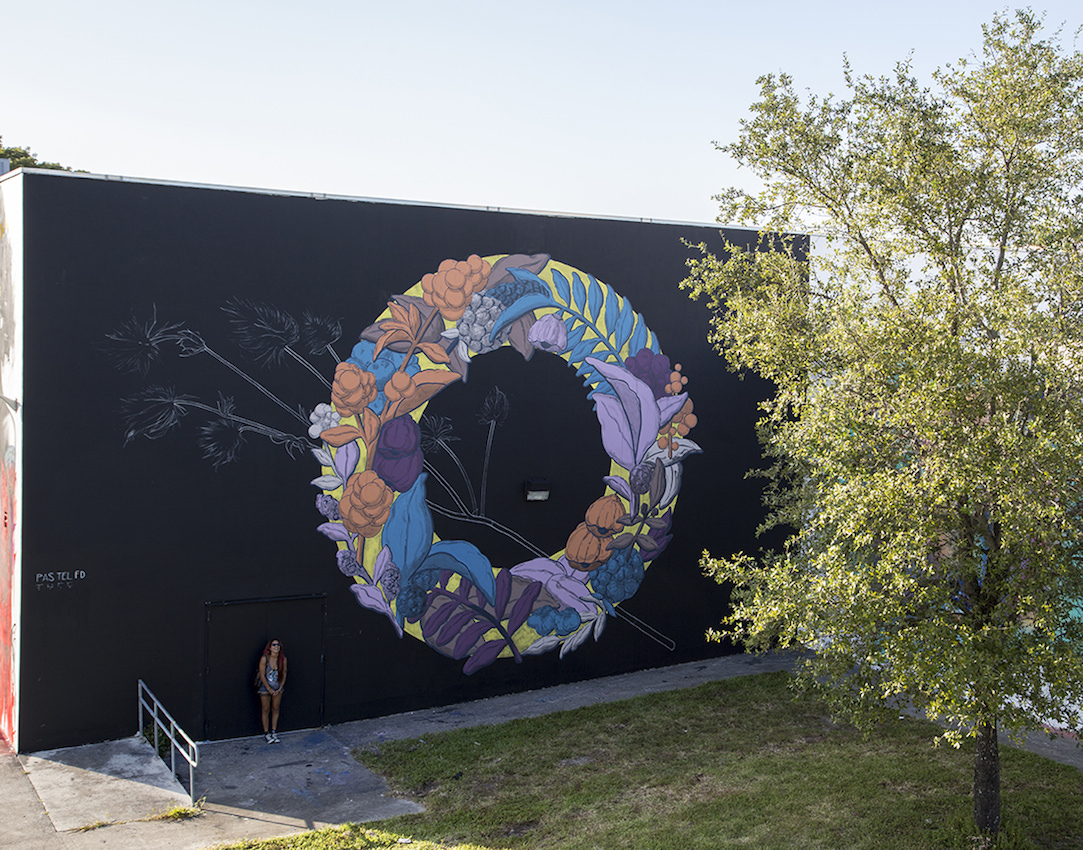 © Jufe + Pastel, Miami, USA
© Jufe + Pastel, Miami, USA
P: I started to paint in 2001 tagging and bombing, then later I studied architecture and I started a reinterpretation of what it means paint on the streets. Today, far away from conventional architecture, I understand work on the street as an urban acupuncturist. Modern cities are full of “non-places” because of irregular and non-inclusive master-planning. So paintings can be a kick-start for those places, working on the local identity and not being another tool of social gentrification.
WW: In Latin America, working on the street as an artist is seen differently as compared to the U.S. or Europe, where it began as a subculture. Do you feel part of a tradition or heritage?
P: I think we all have the capability to be able to really absorb classical muralism on a historical level, just as much as we do contemporary muralism. Nowadays it’s hard to discern between our nationalities and to understand which movement we belong to. It is also true that things are constantly being reinterpreted–our work already can’t really be defined as street art. It deserves another name.
WW: Your walls are really fresh. Do you use references?
P: I use quite a few references. Particularly botanical, but when I paint walls the references are also born from the place itself: from its history, geography, society, or politics, in order to translate the place into a flora, but with a heavier concept.
WW: Nature is a recurrent motif in all of your works, what draws you to this?
P: It’s a way of talking about various complex issues, in a language that can be directly appreciated through color palettes and shapes.
WW: You’re originally from Buenos Aires–any recommendations for the city?
P: There’s been quite an interesting local scene for quite a few years now, there’s people who come from different disciplines (graphic design, audiovisual, set design, graffiti) which creates a really interesting variety. Something that developed a lot following the economic crisis in 2001 was hand stencils and painting. BA is a cosmopolitan city so you can do many things here, but drinking wine and walking are the main ones!
WW: How have you seen the art scene developing in the streets since the economic downfall?
P: We’re suffering our own economic downfalls haha… but yeah though there were already great examples of painting before, 2001 was a real trigger for society to hit the streets, to protest, whether it was with sticks at the police or by painting in banks–in short, it was a social explosion. Thanks to the economic crisis we have to constantly reinvent our work, with unconventional materials to be able to paint. That generates malleable forms and concepts with regards to painting and the ephemerality of street art.
WW: What’s next for you?
P: Continuing working, working, and working all over the world!







